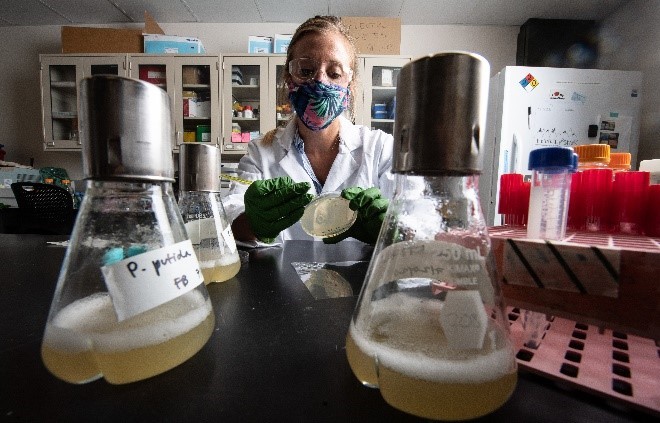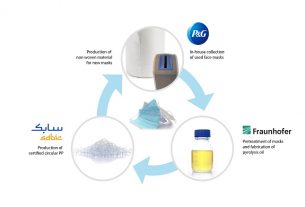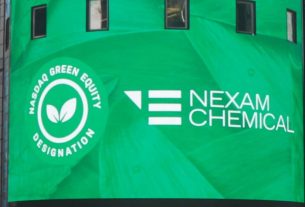USA – While plastics are necessary for our daily lives, they are resilient materials that take decades or even centuries to disintegrate in landfills or the natural environment.
Each year, about 82 million metric tons of polyethylene terephthalate (PET) are produced for single-use beverage bottles, packaging, clothes, and carpets, making it one of the leading sources of plastic waste.
Scientists at the National Renewable Energy Laboratory (NREL) and Oak Ridge National Laboratory of the United States of America (DOE) are making progress toward developing a feasible solution for PET waste. In collaboration with the Bio-Optimized Technologies to Keep Thermoplastics out of Landfills and the Environment (BOTTLE) Consortium, a collaborative research team developed a method for upcycling PET into performance-advantaged nylon, a precursor to other valuable products such as waterproof clothing, nonstick cookware coatings, and heat-resistant machine parts.
The BOTTLE Consortium is led by the DOE’s Bioenergy Technologies and Advanced Manufacturing Offices and includes collaborators from five national laboratories and five universities.




